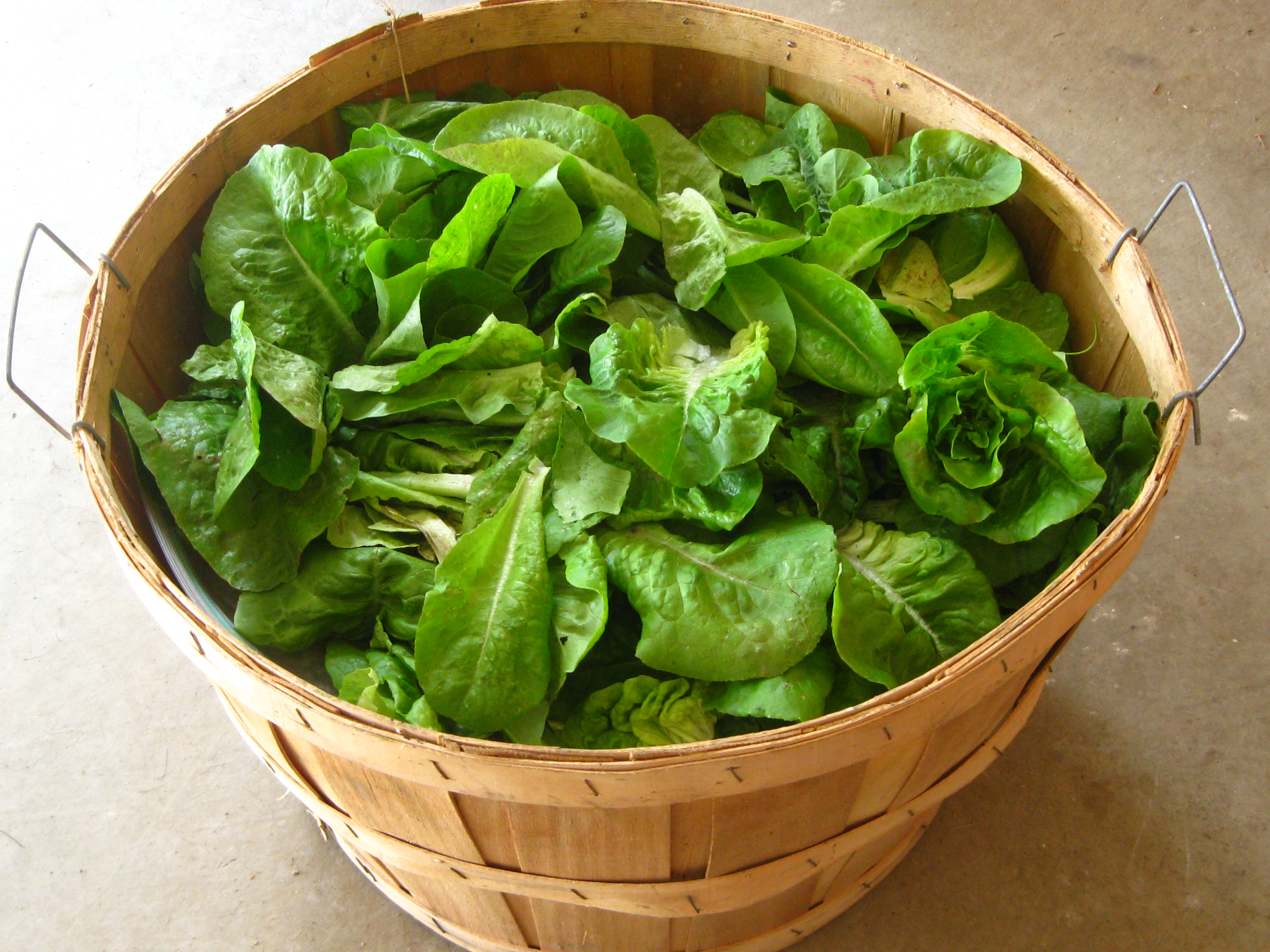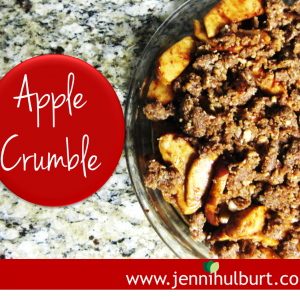
9 Ways to Save Money Eating Healthy
Organic, whole, real food can be pricey, but only if you’re not committed to investing time and energy into being a proactive and savvy nature fed consumer.
To be nature fed is to eat real food, not highly processed – and to eat food that comes from nature, not a box. I know – you’re thrifty. So you’d like to save money while you’re stocking a whole foods pantry. You’re busy. So you want to know what’s healthy and quick to prepare. You want more variety because you get in a rut eating the same foods all the time.
I’ve been there too. An empty fridge after a long day at work can be a recipe for disaster, but ask yourself this: Would you rather save money in the short term or spend a little bit more time planning, shopping smarter, and eating nature’s food to stay away from prescriptions, chronic health issues, and future hospital bills?
Jumping into self-sufficiency in the kitchen isn’t for the faint of heart! We’re here for the long haul. So you may not see the savings right away, but if you roll-up your farmgirl sleeves and stick with it, you’ll see that a little planning and consistent effort goes a long way.
Over the years, I’ve been gathering my own tactics to save money and eat healthy because I love a good bargain. So, allow me to share some tips on how to shop like a nature fed bargainista.
Go Bulk
Don’t get hung up on the brightly-colored packages – they’re just marketing and you’re smarter than that. Buy food from the bulk bins – grains (brown rice, quinoa, pasta, millet, buckwheat), beans (pinto, black, garbanzo, split pea), nuts and seeds, dried fruit, etc. But it’s only cheaper to buy in bulk if you use it! If it’s an item you normally use, buy it when it’s on sale. If it’s seasonal, buy it when prices are low. Fill a deep freezer with staple foods that you can purchase in bulk, in season, or on sale.
Eat less meat
Vegetables, fruit, beans, and grains make up most of my diet. Just eating a few vegetarian meals several times throughout the week will help lower your costs.
Share a garden or join a CSA
If you don’t have the space or land, consider asking a friend or family member who has space for a garden to share resources and space. Plant a garden in someone else’s yard, and then spend time each week working to cultivate and tend to the harvest. Join your local Community Supported Agriculture (CSA) group. Freeze or preserve what you can’t consume each week. Berries in January anyone?
Have a Meal and Grocery Plan
Create a spending plan with a comfortable budget. Make a list by taking a peak in your pantry and fridge. Make it your goal to grocery shop in order to restock the pantry with ingredients. What can you have on stock? Plan a week’s worth of meals by browsing cookbooks, and make sure you aren’t beyond hungry when you walk into the grocery store, which will surely tempt you to throw out your list and forget about saving.
Learn to forage
Wild foraging can be a fun family outing and get you free food. Once you begin to learn what wild edibles grow seasonally in your area, look around! Even in some of the driest places on earth, like the desert, there are mesquite pods and prickly pear fruit. Learn how to safely forage in your area with this guide.
Buy local
Locally grown or produced food is often cheaper because you don’t pay for transportation costs. Farmer’s markets and the local aisle at your grocery store are good places to look.
Garden and Preserve
These two things alone can add up to big savings in the long run. If you live in a rural area you may have more gardening options, but if you’re in the city you can create a small outdoor spaces on a patio or balcony for gardening. Herbs, greens, and many other vegetables grow well in pots. Then preserve your harvest! Home canning, dehydrating, and freezing are all vital skills necessary to save money and be more independent.
Clean and Organize
Don’t let your bag of kale rot in the bottom of the crisper drawer because of a poorly organized space. Your fridge and pantry should be easy to navigate so you know exactly what you have, what you need, and what you can whip up for a quick meal.
Make it Homemade
At first glance, eating healthy, organic, gluten-free, or vegan may look like an expensive lifestyle. The reality is that buying products pre-made will empty your wallet faster than buying ingredients to make the same items yourselves. Frozen veggie burgers, energy bars, cereals, and fresh juices can all be made at home with a good blender, food processor, and juicer. These kitchen tools may look like a big investment, but they will save you money in the long run on those $12 jars of raw organic cashew butter!
Happy saving!
 Previous Post
Previous Post Next Post
Next Post


